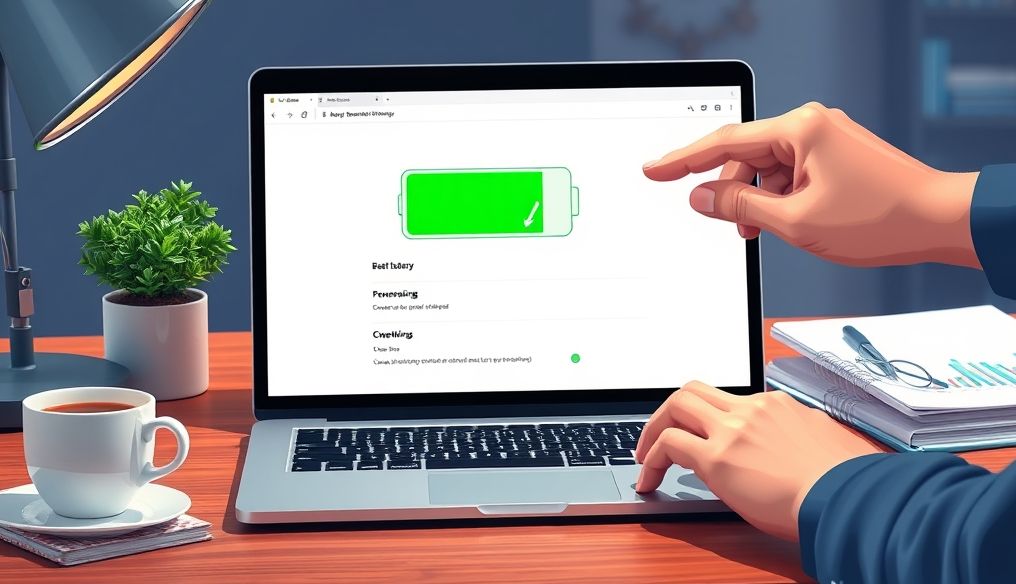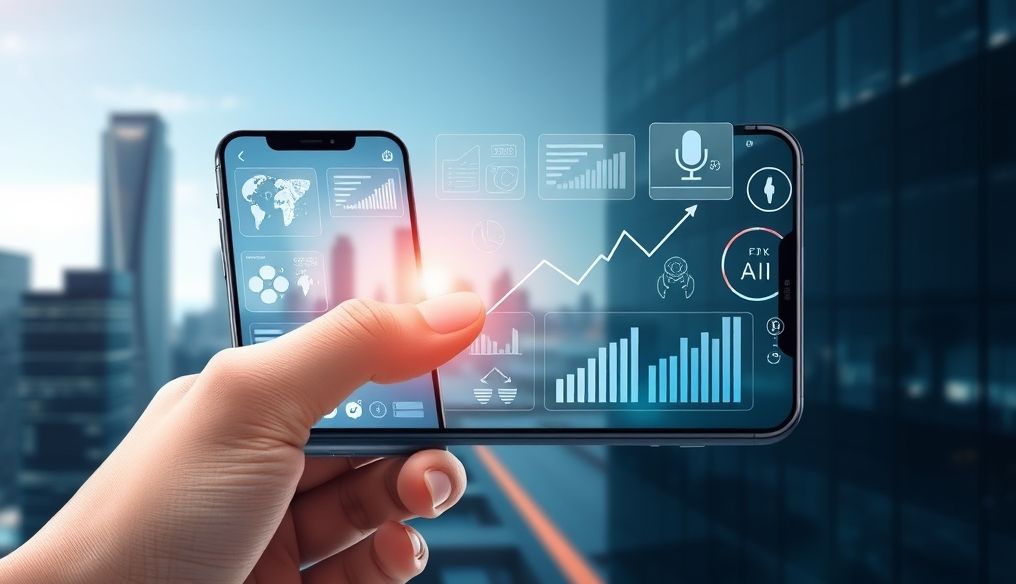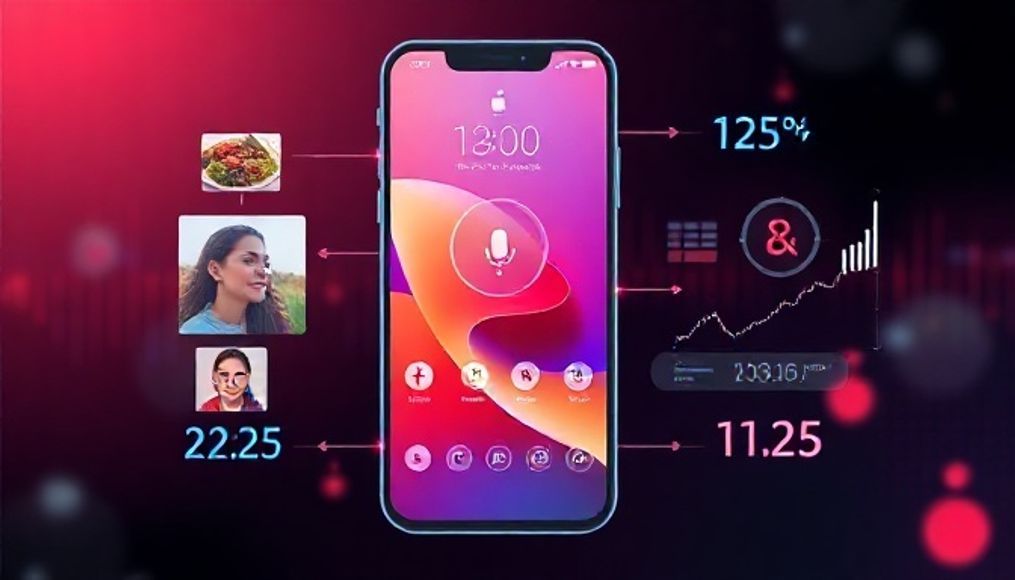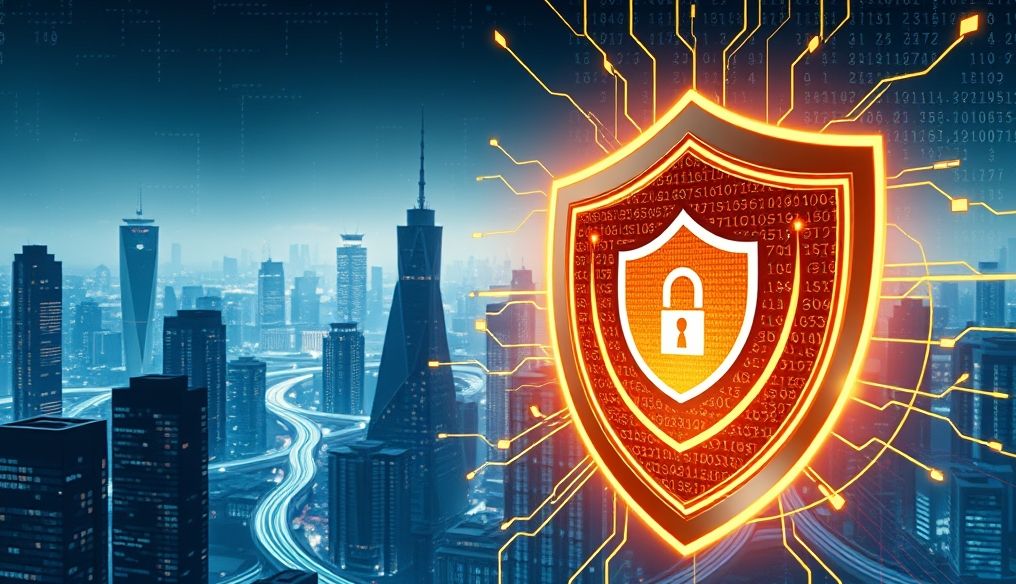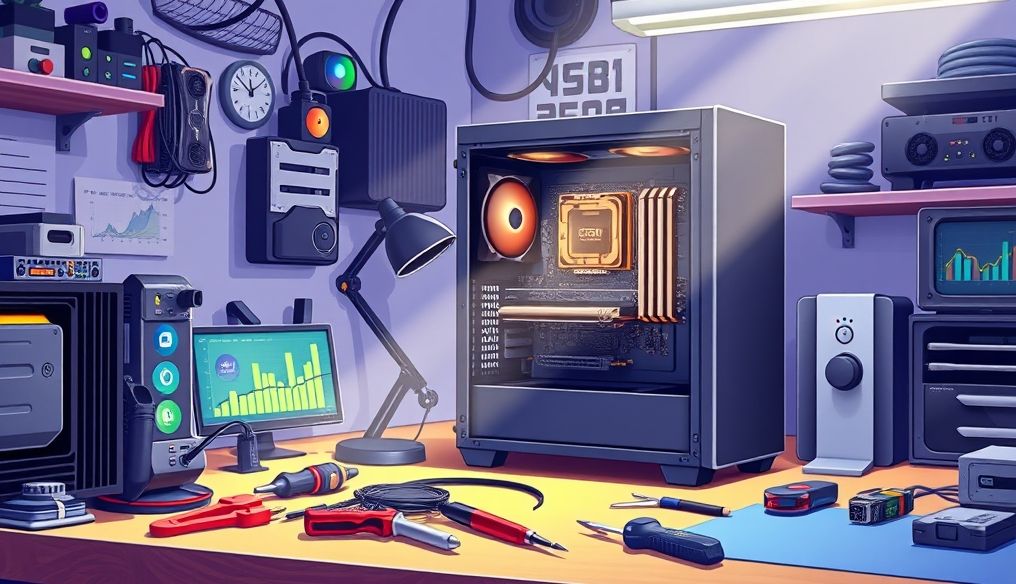Introduction: Why is Laptop Battery Life Important?
In today's world, laptops have become an essential part of our lives, whether for work, study, or entertainment. However, many people suffer from the problem of their laptop battery draining quickly, forcing them to constantly search for a power source. Understanding how to extend laptop battery life is not just about saving time and effort, but also an investment in your device in the long run.
Chapter 1: Understanding Lithium-Ion Batteries
What are Lithium-Ion Batteries and How Do They Work?
Lithium-ion batteries are the most common type in modern laptops. These batteries are characterized by high energy density, meaning they can store a large amount of energy in a small size. Lithium-ion batteries rely on the movement of lithium ions between the positive electrode (cathode) and the negative electrode (anode) during charging and discharging.
Factors Affecting Battery Life
There are several factors that affect the life of a laptop battery, including:
- Number of Charge and Discharge Cycles: Each battery has a limited number of charge and discharge cycles before it starts to lose its capacity.
- Temperature: Excessive heat can significantly reduce battery life.
- Charge Level: Keeping the battery charged at 100% or completely empty for long periods can harm it.
- Usage: Applications and programs that consume a lot of power reduce battery life.
Chapter 2: Adjusting Operating System Settings
Reducing Screen Brightness
The screen is one of the biggest power consumers in a laptop. Reducing screen brightness can significantly increase battery life. You can adjust the brightness through the operating system settings or using the shortcut keys on the keyboard.
Turning Off Unnecessary Applications
Many applications run in the background and consume power even when they are not in use. Close the applications you don't need to reduce power consumption.
Enabling Power Saving Mode
Most operating systems offer a power-saving mode that reduces processor performance and turns off some unnecessary features to extend battery life. Enable this mode when the battery is low or when you don't need high performance.
Managing Advanced Power Settings
You can customize the advanced power settings in the operating system to specify when the screen, hard drive, or device should be turned off or put into sleep mode. Adjust these settings to suit your needs.
Chapter 3: Managing Applications and Programs
Identifying Power-Consuming Applications
Use the Task Manager in the operating system to identify the applications that consume the most power. Close or replace these applications with less power-consuming alternatives.
Updating Software
Software updates often include improvements in energy efficiency. Make sure to update all your software regularly.
Uninstalling Unnecessary Programs
Programs that you don't use take up space on the hard drive and consume power when running in the background. Uninstall unnecessary programs to improve laptop performance and increase battery life.
Chapter 4: Hardware Maintenance
Cleaning Ventilation Slots
Accumulation of dust in the ventilation slots can lead to increased laptop temperature, which reduces battery life. Clean the ventilation slots regularly using a can of compressed air.
Avoiding Exposing the Laptop to High Temperatures
Avoid leaving the laptop in the car or in direct sunlight, as excessive heat can permanently damage the battery.
Using a Cooling Pad
If you use the laptop for long periods or to run applications that require high performance, use a cooling pad to help keep the laptop's temperature low.
Chapter 5: Correct Usage Habits
Avoiding Full Charging and Full Discharging
Lithium-ion batteries work best when charged between 20% and 80%. Avoid charging the battery to 100% or letting it discharge completely frequently.
Disconnecting the Charger After Full Charge
After charging the battery to 100%, disconnect the charger to avoid stressing the battery.
Turning Off Bluetooth and Wi-Fi When Not Needed
Bluetooth and Wi-Fi consume power even when they are not in use. Turn them off when you don't need them.
Using Headphones Instead of Speakers
Speakers consume more power compared to headphones. Use headphones to save power.
Chapter 6: Using Sleep and Hibernate Mode Effectively
The Difference Between Sleep and Hibernate Mode
Sleep Mode puts the laptop in a low-power state where the system state is saved in RAM. Hibernate Mode saves the system state on the hard drive and turns off the laptop completely.
When to Use Sleep Mode and When to Use Hibernate Mode?
Use Sleep Mode when you need to return to work quickly. Use Hibernate Mode when you will not use the laptop for a long time to save more power.
Chapter 7: Battery Replacement
When Should the Battery Be Replaced?
If you notice that the battery life has decreased significantly and the laptop no longer works on battery power for a sufficient period, it may be time to replace the battery.
How to Choose the Right Battery
Make sure to choose a battery that is compatible with your laptop model. You can buy an original battery from the manufacturer or a replacement battery from a trusted company.
Tips for Installing the New Battery
Follow the manufacturer's instructions for installing the new battery. Make sure to turn off the laptop and disconnect the charger before starting the installation.
Chapter 8: Additional Tips
Using an SSD Drive
Solid-state drives (SSDs) consume less power than traditional hard disk drives (HDDs). If you have an old laptop, consider replacing the hard drive with an SSD to improve laptop performance and increase battery life.
Reducing the Number of Open Tabs in the Browser
Each open tab in the browser consumes RAM and increases power consumption. Reduce the number of open tabs to improve laptop performance and save power.
Keeping the Operating System Clean
Run antivirus and system cleaning programs regularly to keep the operating system clean and free of malware that may consume power.
Conclusion
By following these tips, you can extend your laptop battery life and keep it longer. Remember that good battery care is an investment in your device and saves you time and effort in the long run.
